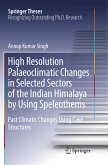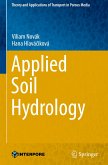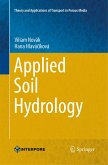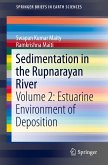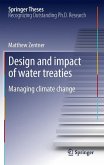This thesis encompasses a study of past precipitation patterns based on six cave stalagmites from different parts of the Indian Himalaya. This is the first speleothem study in the Indian Himalaya that shows a direct relationship between past precipitation and the collapse of civilization. The stalagmites examined were KL-3 from Jammu and Kashmir; TCS and BR-1 from Himachal Pradesh; and DH-1, SA-1 and CH-1 from Uttarakhand. Based on the high-resolution palaeoclimatic reconstruction (35 U/th dates, 5 AMS dates, 1,500 samples for d18O and d13C values) obtained for the duration of the Pleistocene-Holocene transition (16.2-9.5 ka BP) and Mid-Holocene-Present (ca. 4.0 ka BP-Present), three major events were identified, namely the Older Dryas (OD), Bølling-Allerød (BA) period and Younger Dryas (YD) at ca. 14.3-13.9, 13.9-12.7 and 12.7-12.2 ka BP, respectively. The study showed a gradual reduction in the precipitation from 4 ka BP onwards for about a millennium with a peak arid period between3.2 and 3.1 ka BP. According to the findings, the LIA (Little Ice Age) covers a time span from 1622-1820 AD, during which the climate was wetter than that in the post-LIA period (1820-1950 AD). In addition, this thesis supports the assumption that the WDs (Western Disturbances) contribute significantly to the total rainfall in the Himalaya region.


